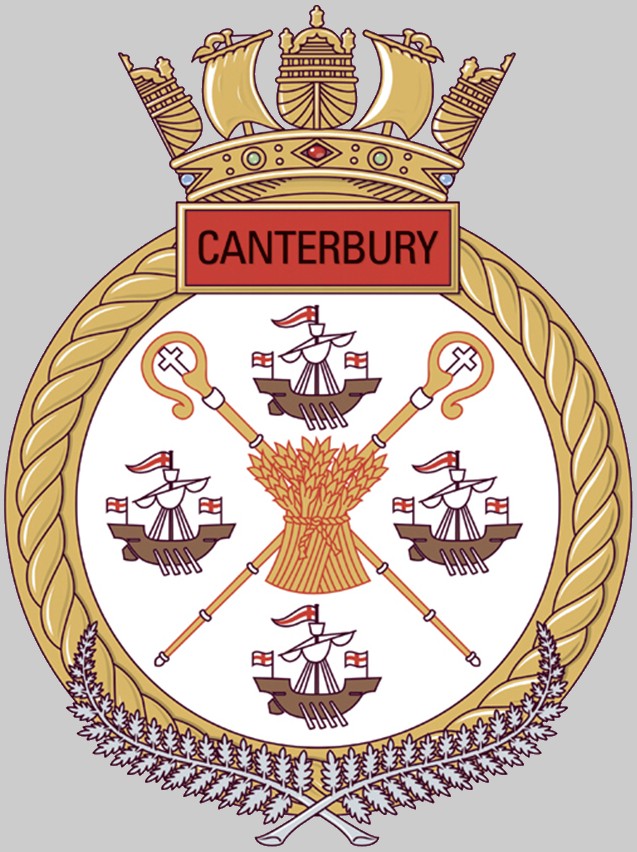|
|
||
|
HOME
|
US Navy -
ships
|
US Navy - air
units
|
USMC - air
units
|
International
Navies
|
Weapon Systems
|
Special Reports |
||
|
Royal New Zealand Navy
-
Amphibious Multi-role Vessel (MRV) L 421 HMNZS Canterbury |
||
|
||
| 11/23 | ||
|
Type,
class: Amphibious multi-role Vessel / unique unit Builder: Merwede Shipyards, Netherlands / fitted out by Tenix shipyards, Williamstown, Australia STATUS: Laid down: September 6, 2005 Launched: February 11, 2006 Commissioned: June 12, 2007 IN SERVICE Homeport: Devonport, Auckland, New Zealand Namesake: Canterbury region, South Island, New Zealand Specifications: Length: 131 meters (430 feet) Beam: 23,4 m (77 ft) Draft: 5,4 m (18 ft) Displacement: 9000 tons (full load) Speed: 20 knots (37 km/h) Range: 6000 NM (11100 km) at 18 knots (33 km/h) Complement: 78 core crew up to 366, max. (aircrews, army or trainees / 243 embarked force) Propulsion: combined diesel and diesel-electric (CODADE) 2 x Wärtsilä diesel engines (2 x 4,5 MW) 2 x bow thrusters 2 shafts / 2 propellers Armament: 1 x MSI DS25 25mm stabilised machine gun system Aviation: flight deck / 2 landing spots / hangar for up to 4 helicopters for up to 4 SH-2G Seasprite or NH90 helicopters Systems: Vistar electro-optical fire control CEA Warrlock HFDF ESM suite S+X band radar |
||
| images | ||
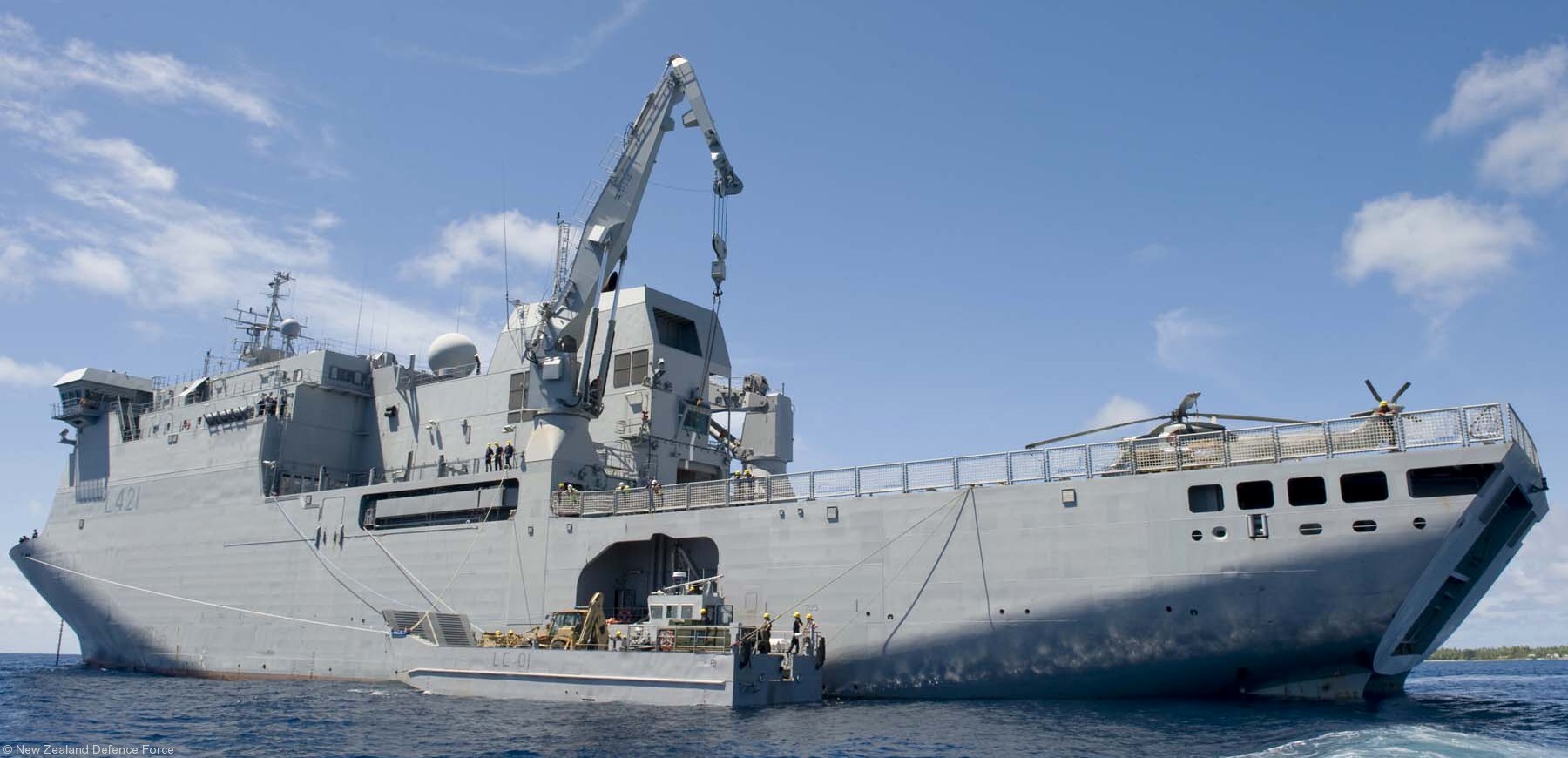 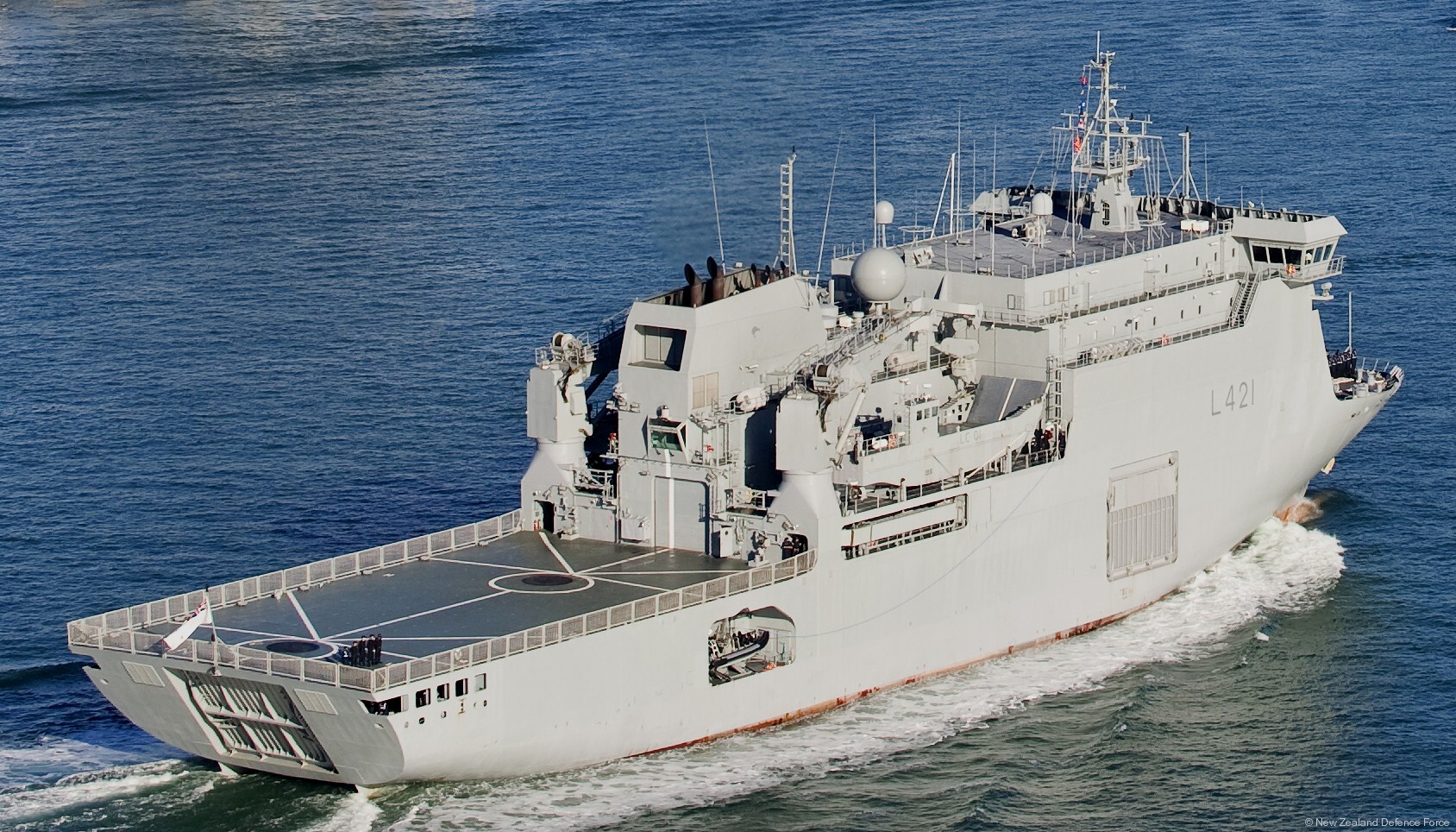 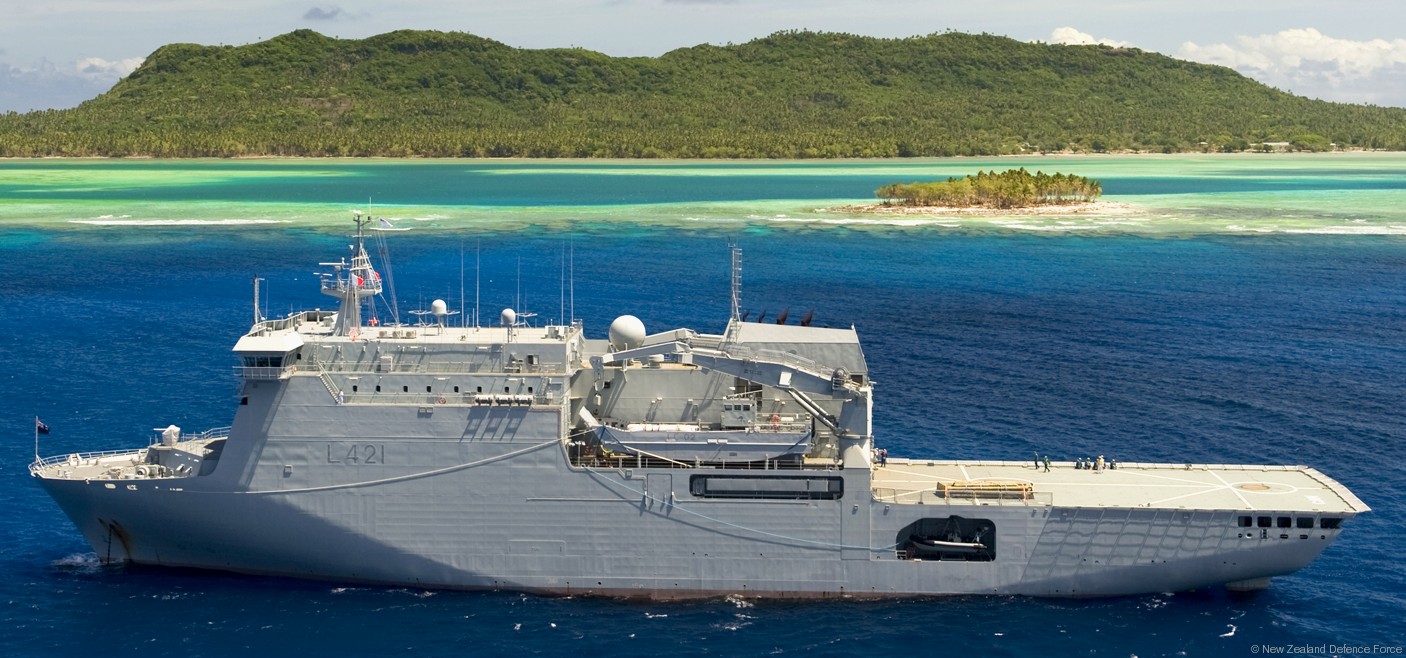 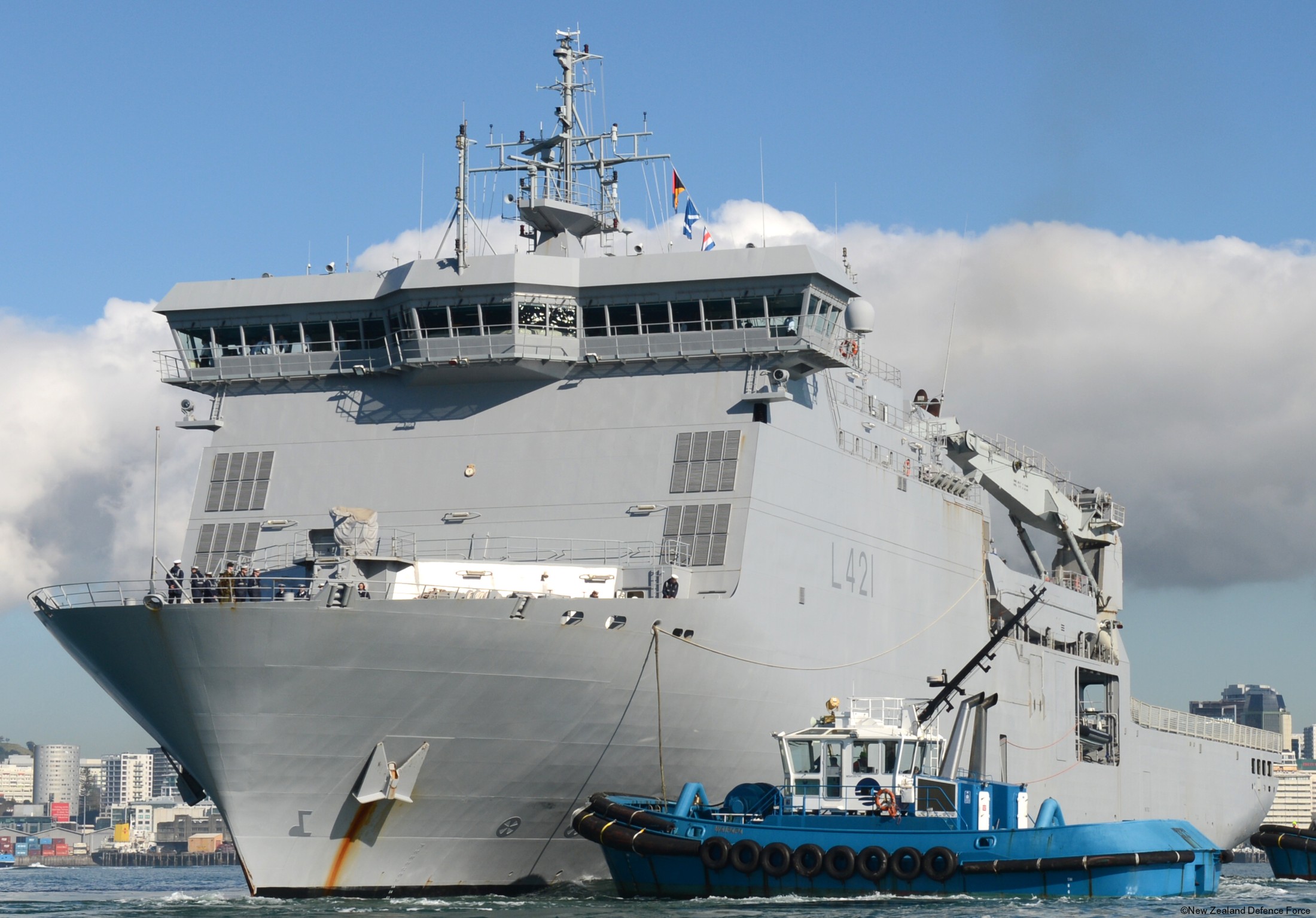 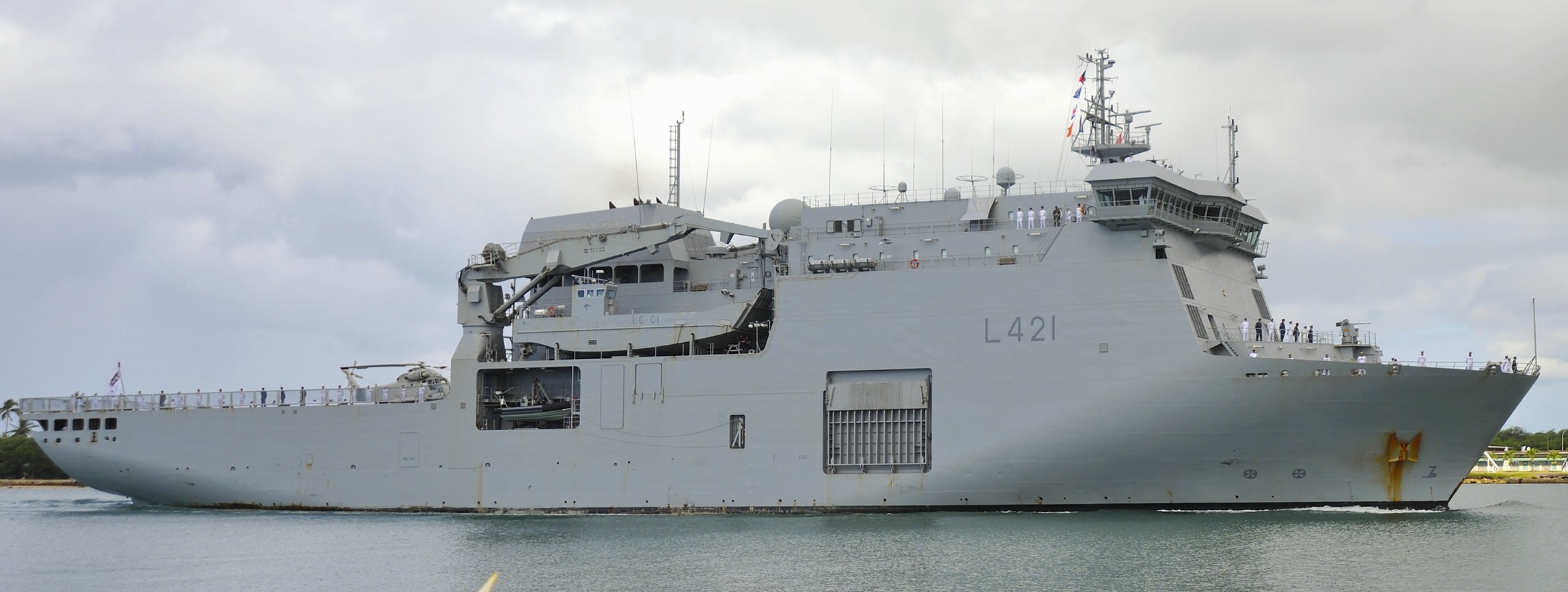  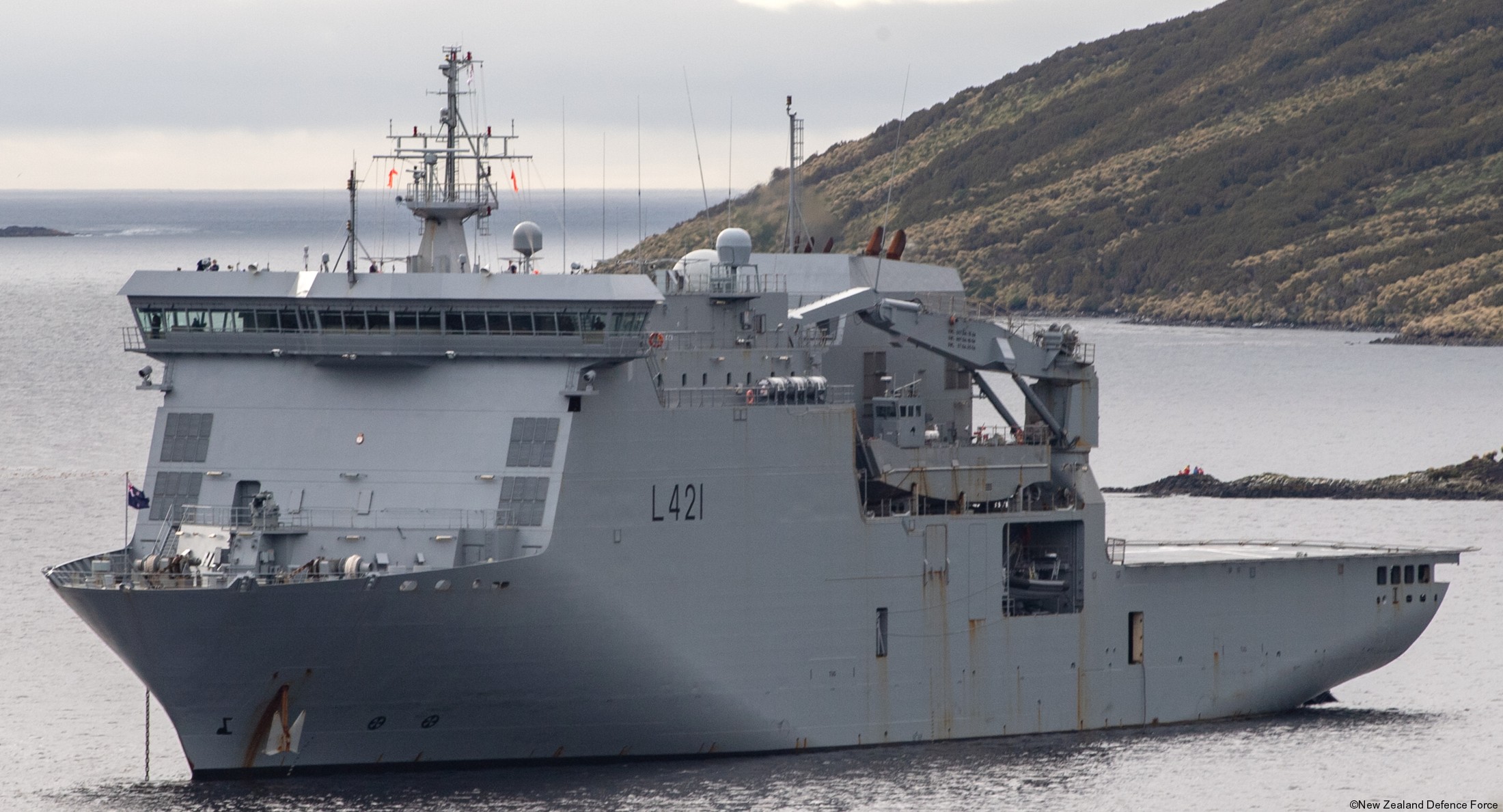 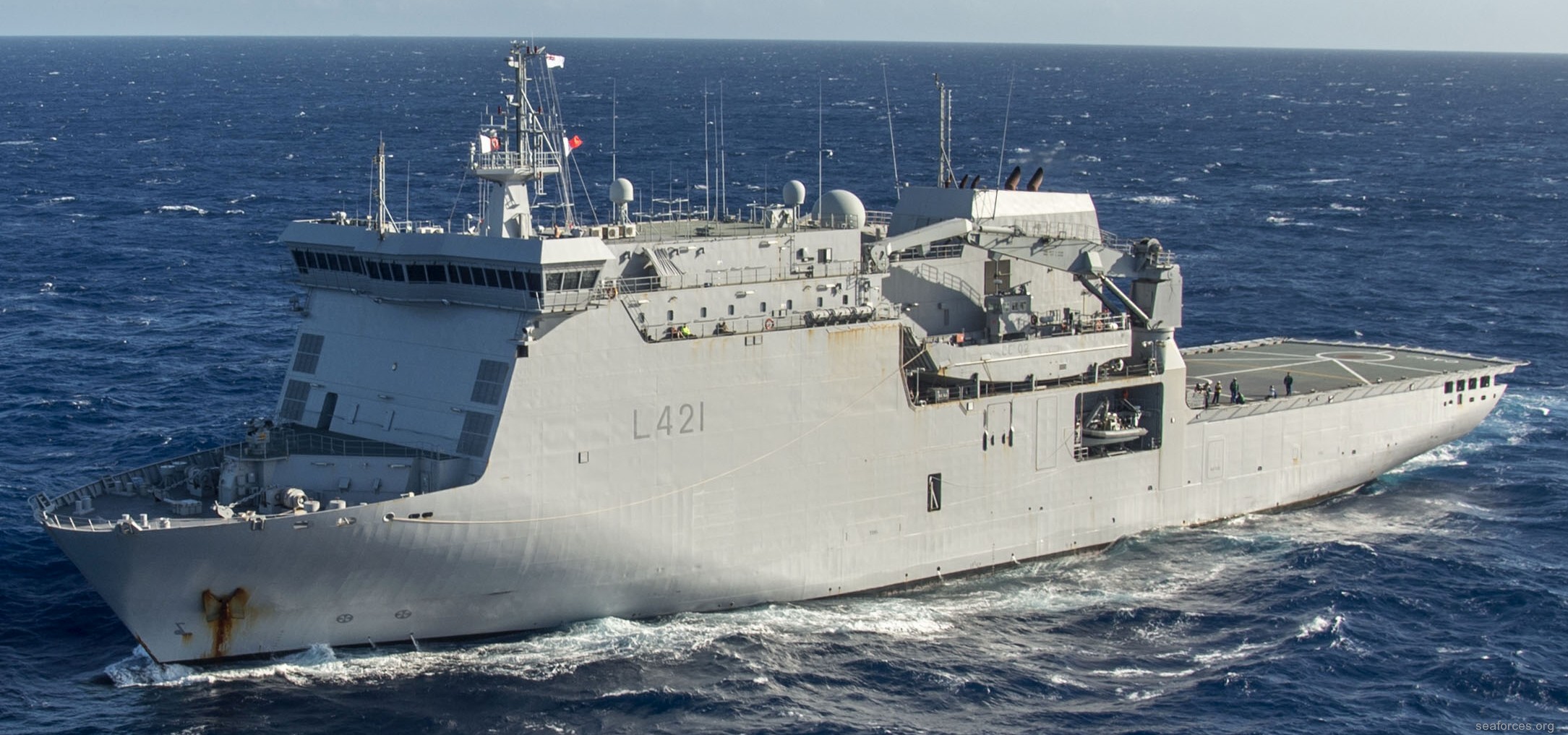 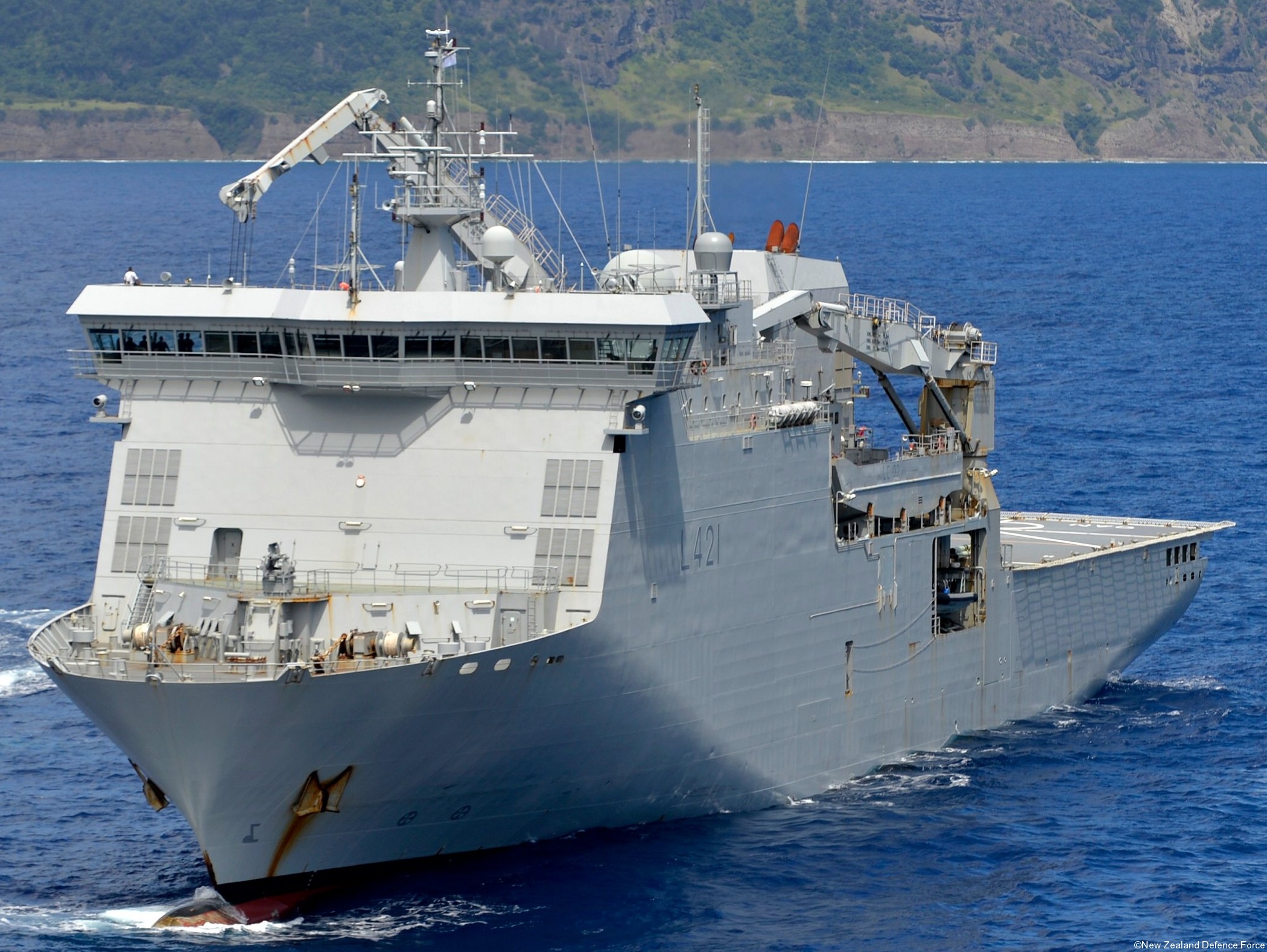  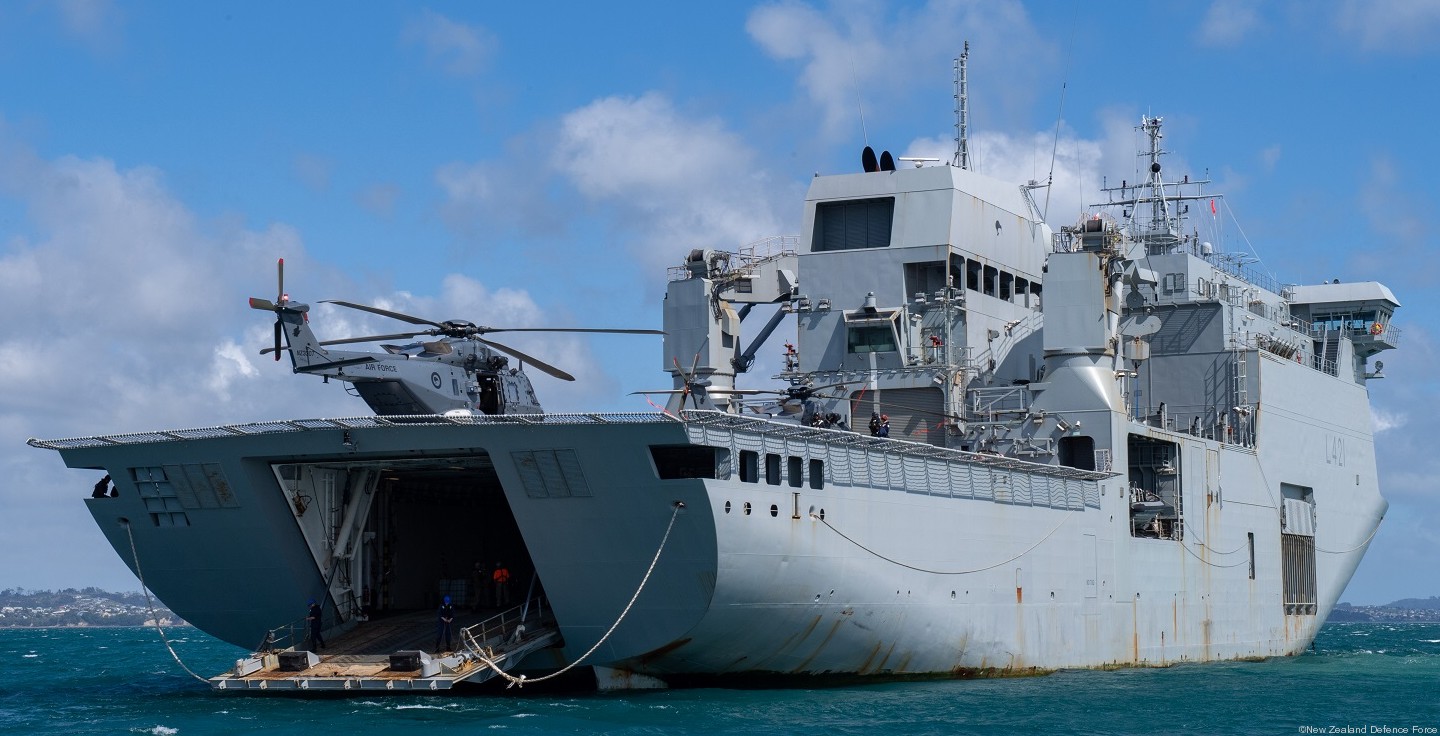 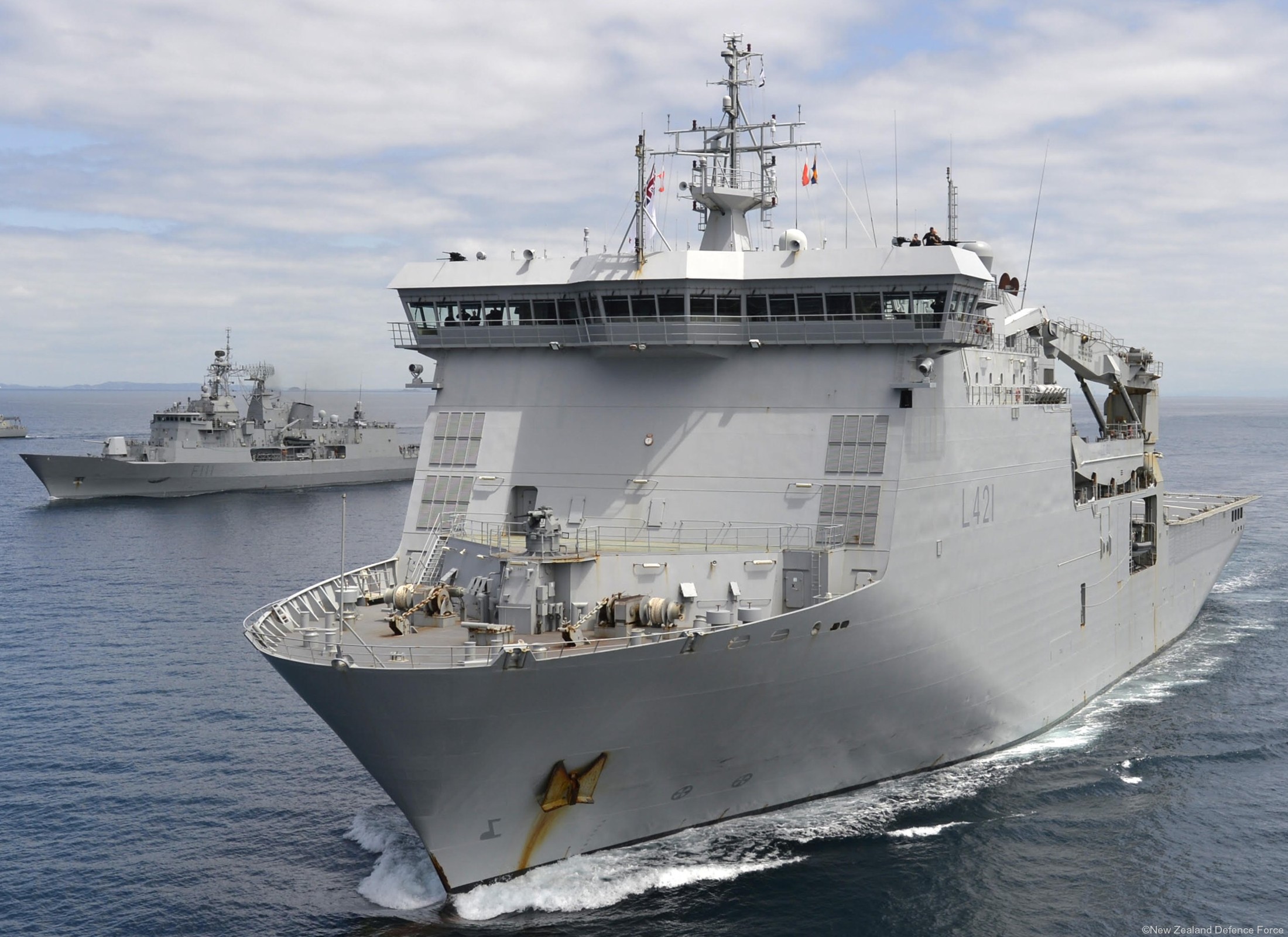 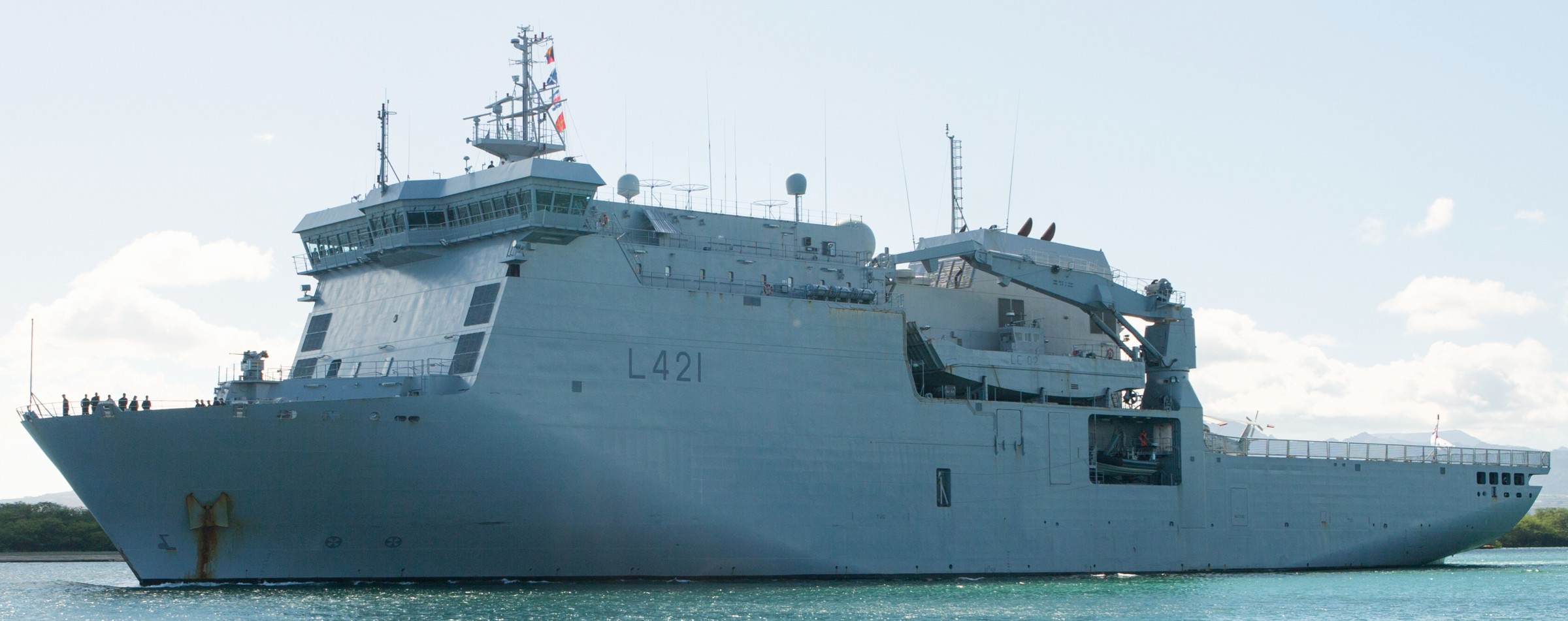   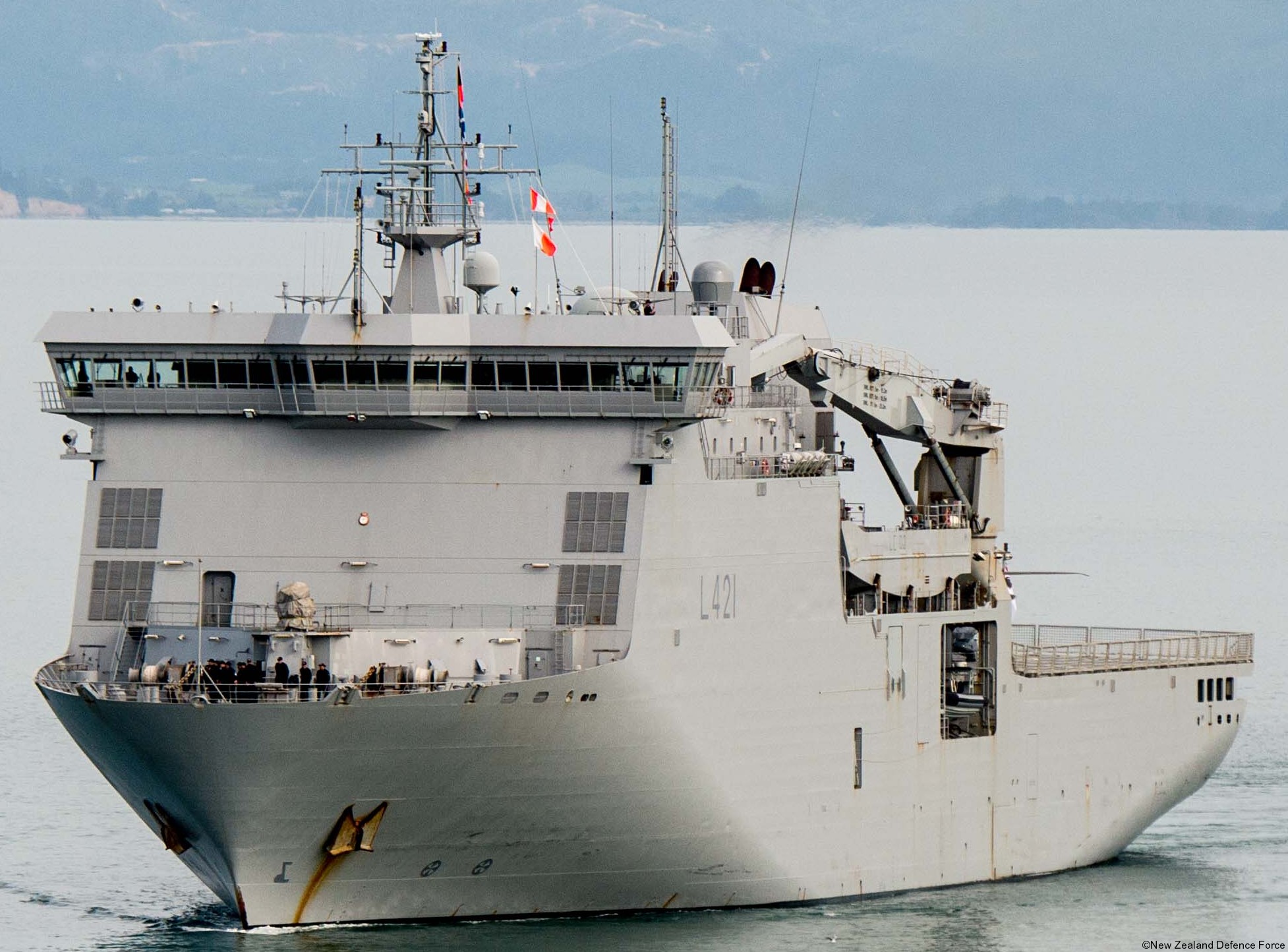 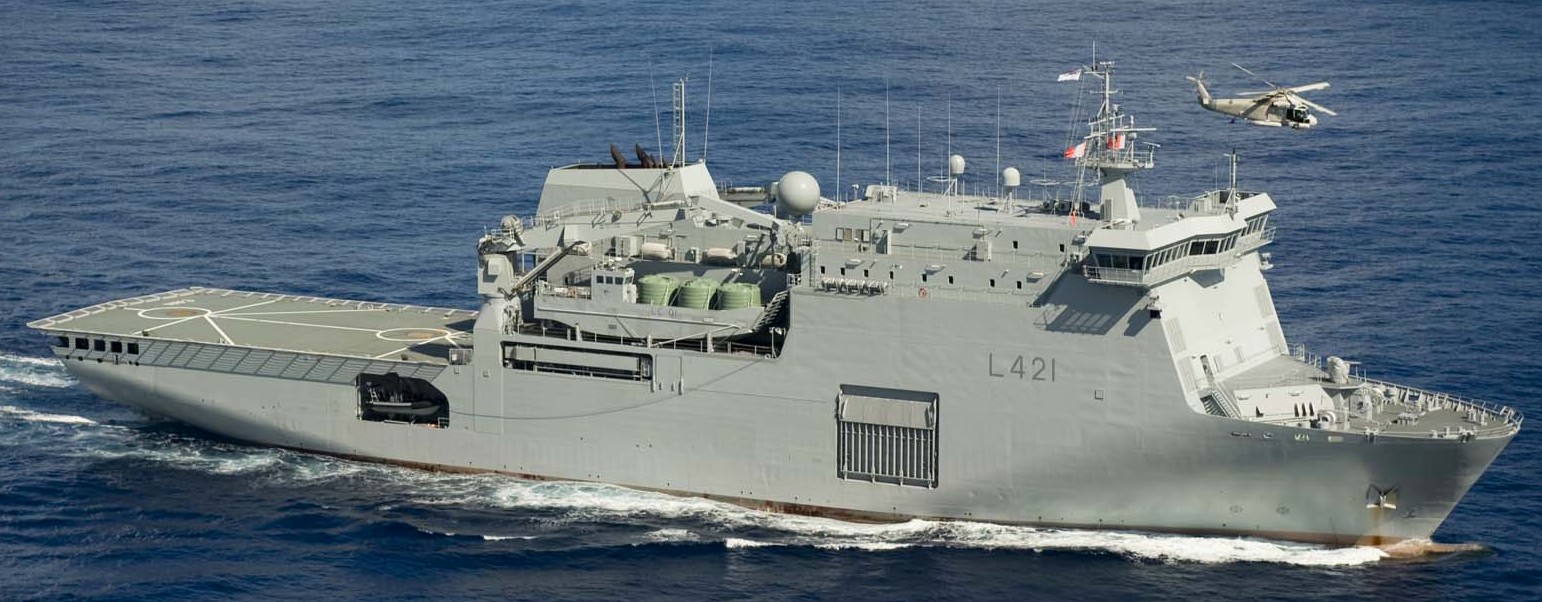 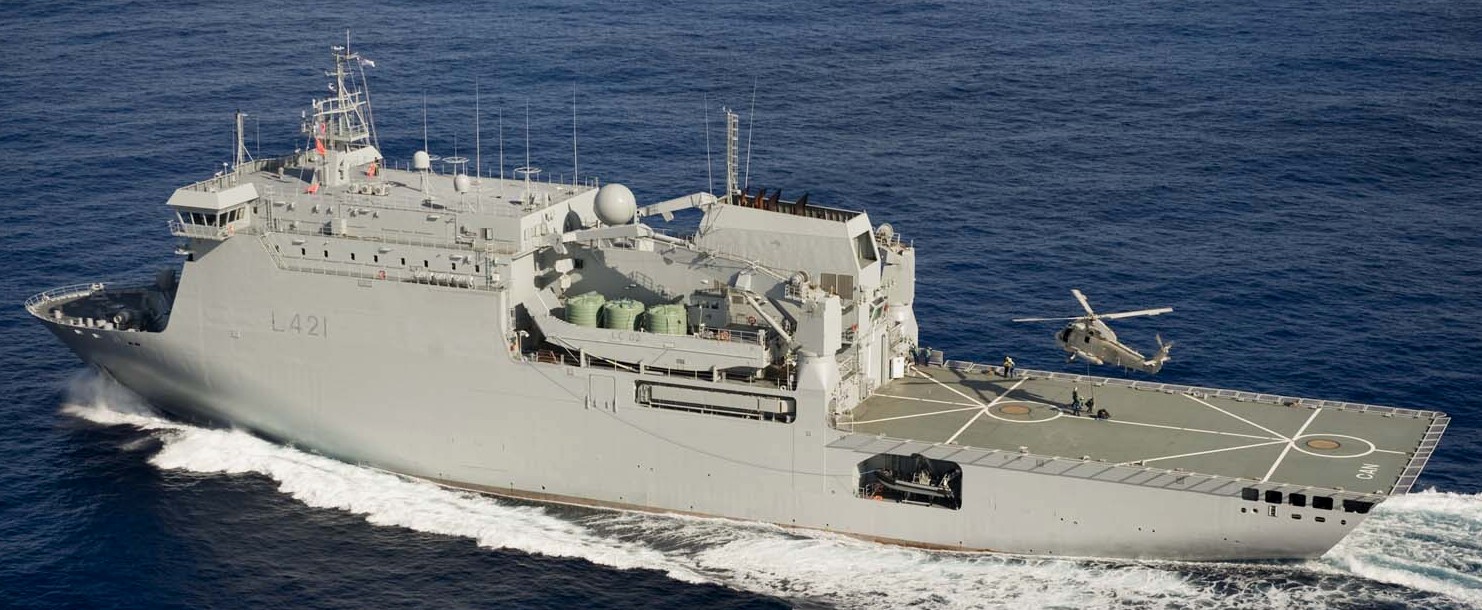 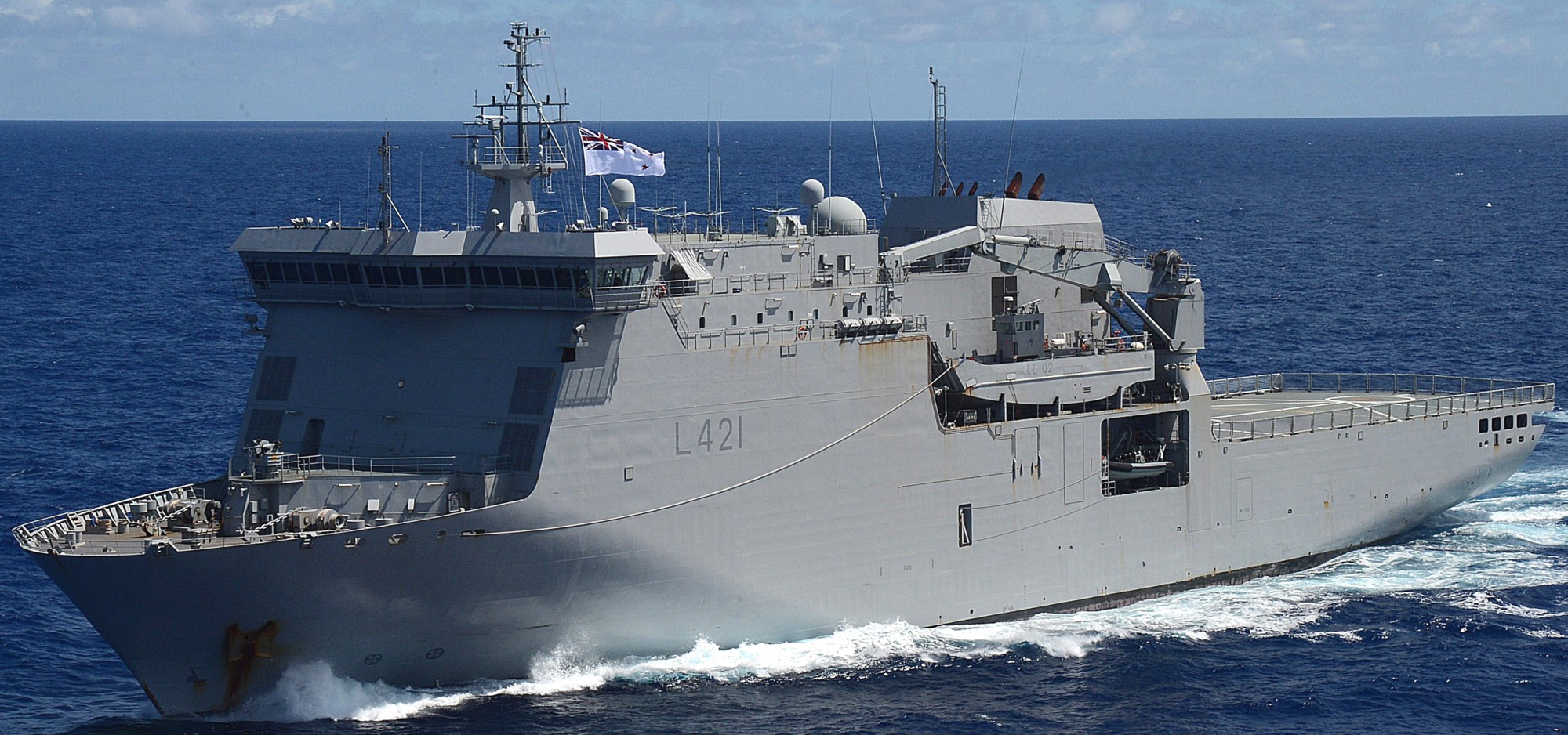 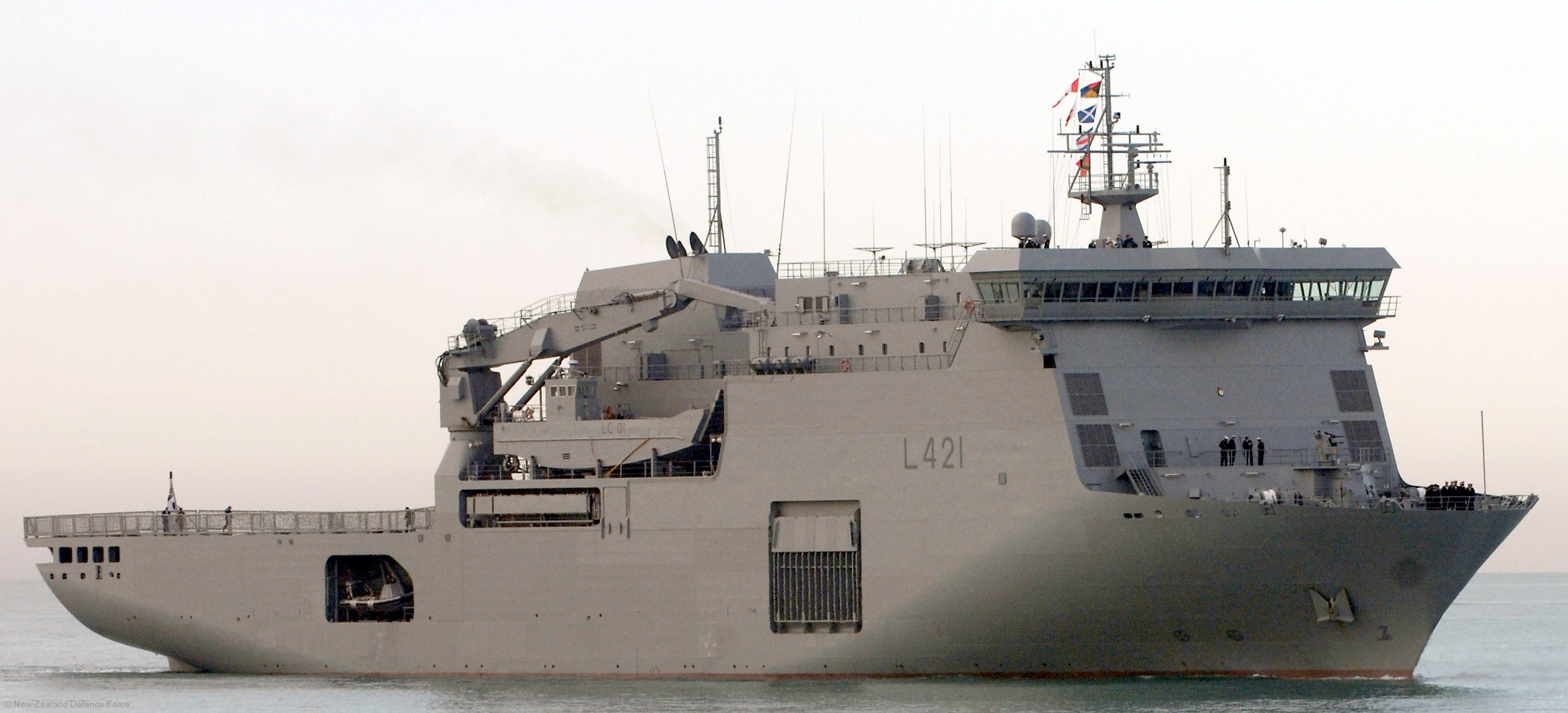 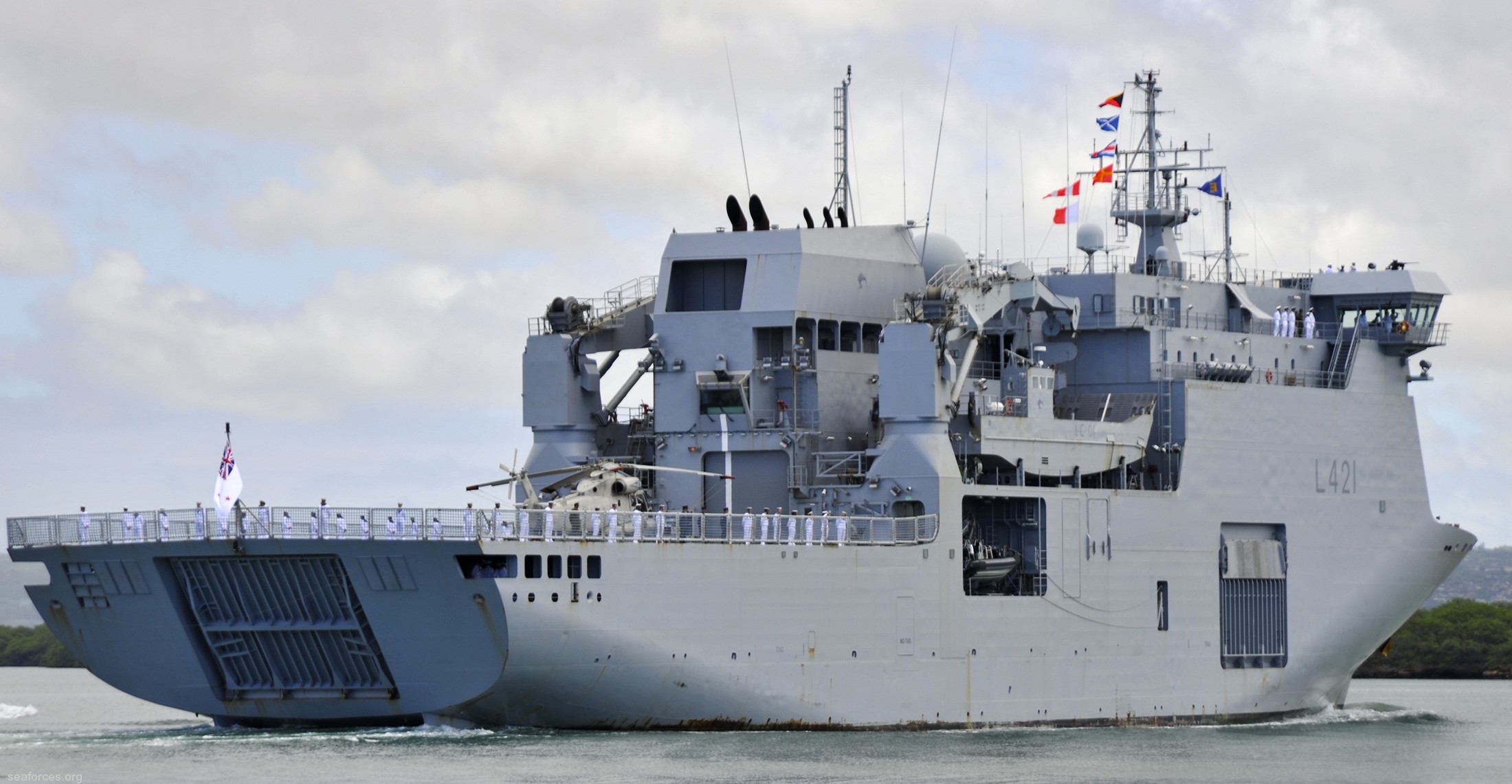 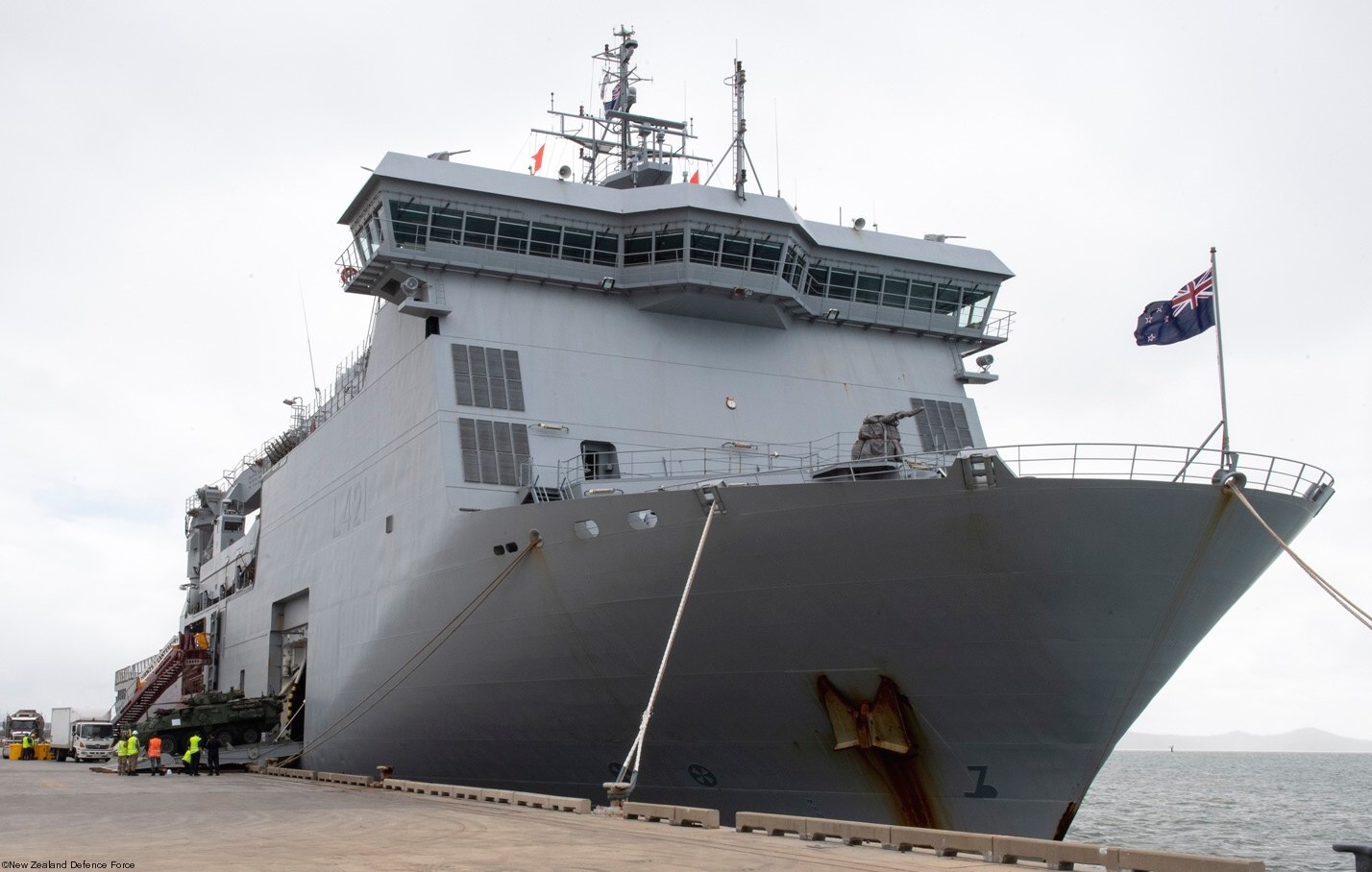 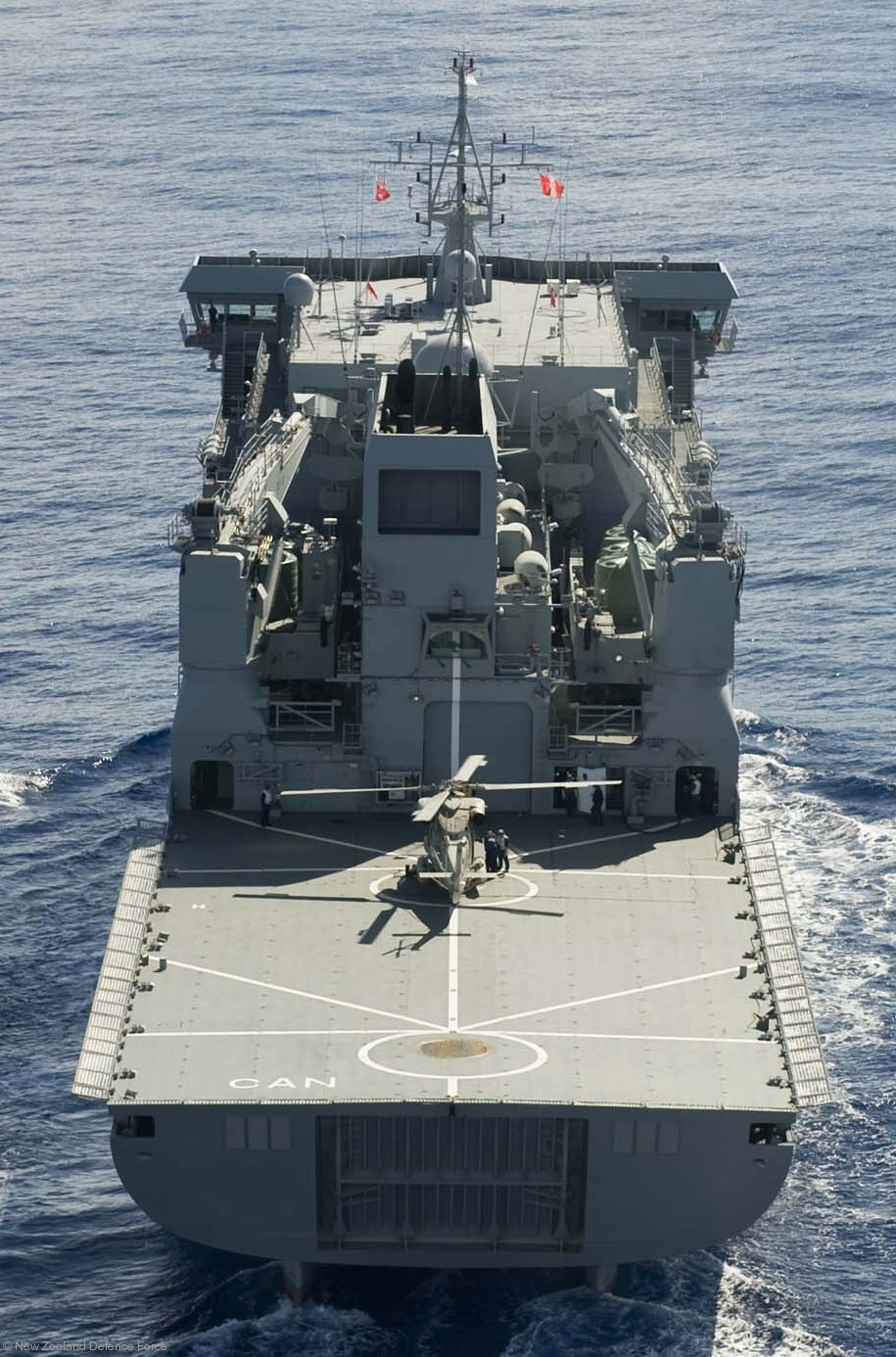    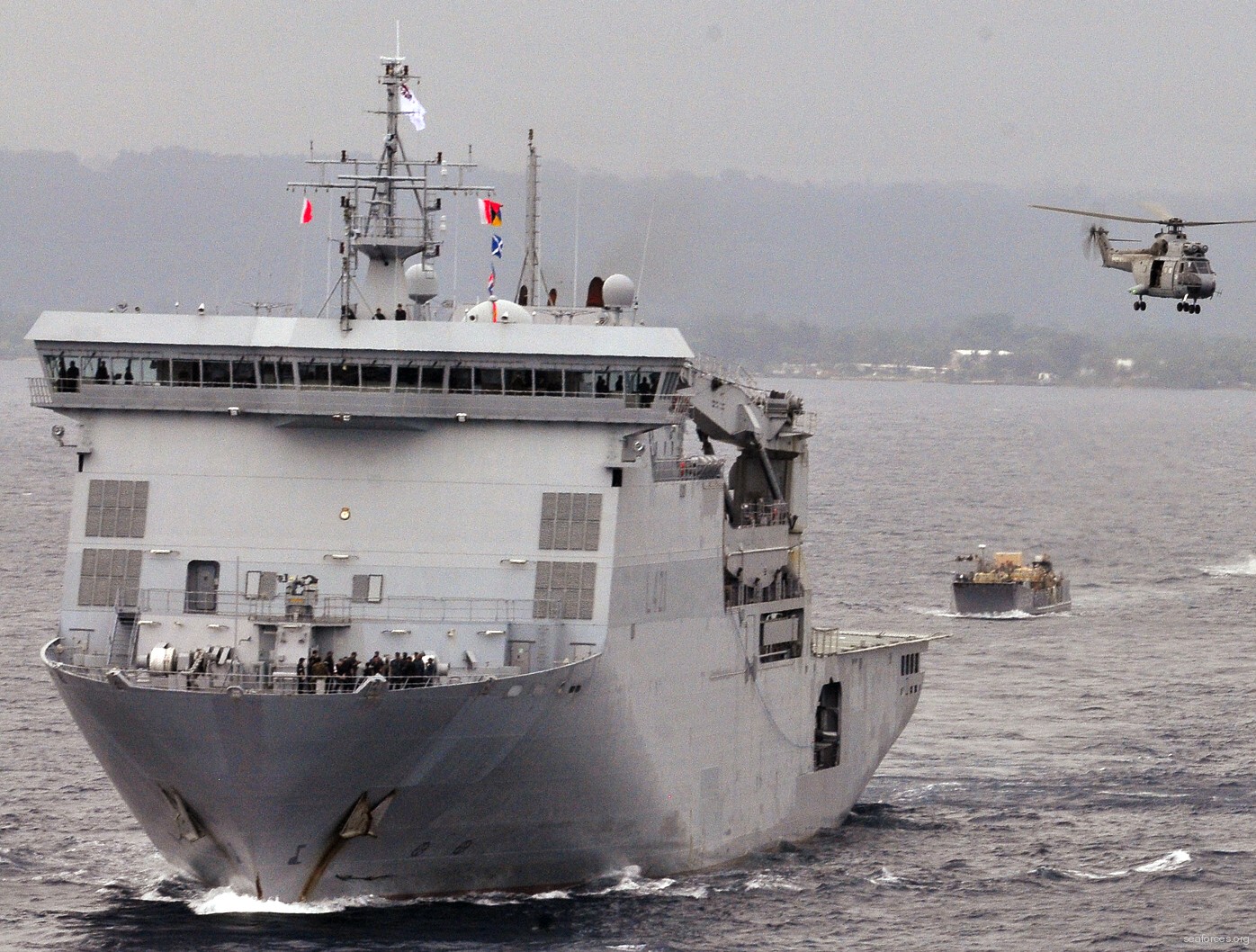 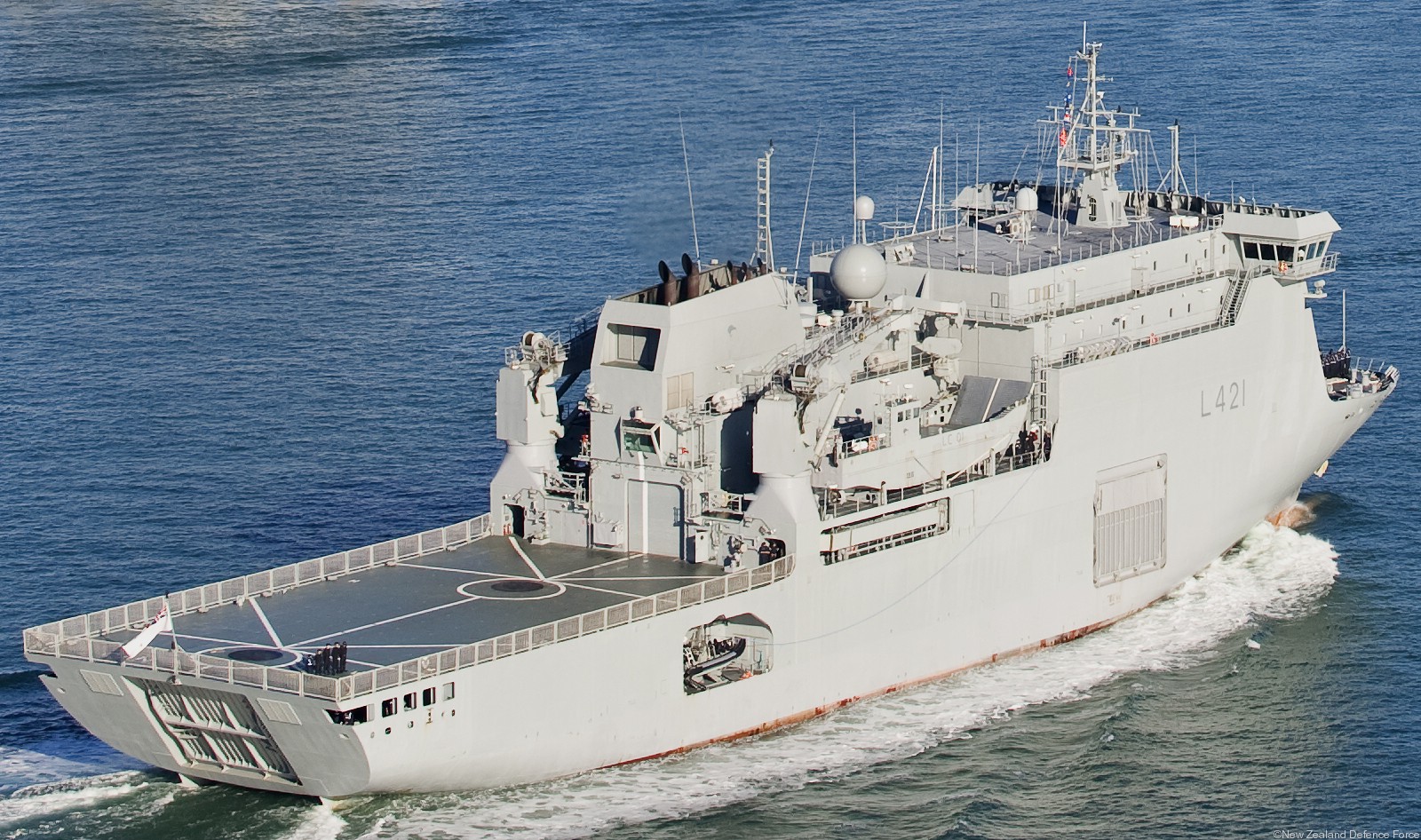  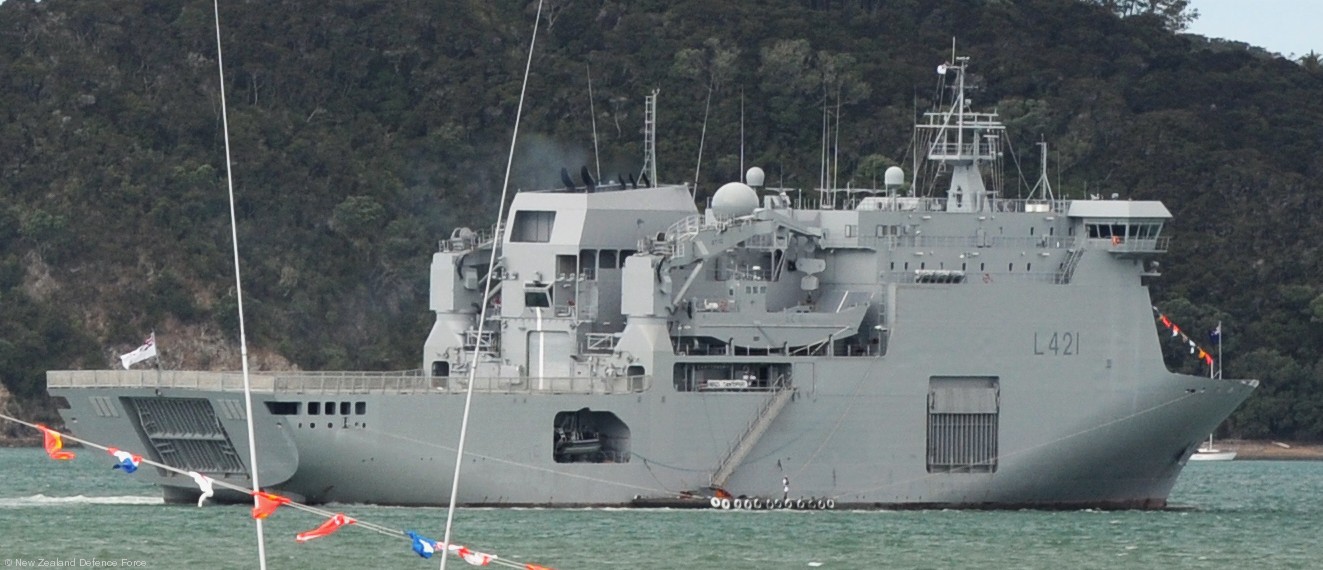   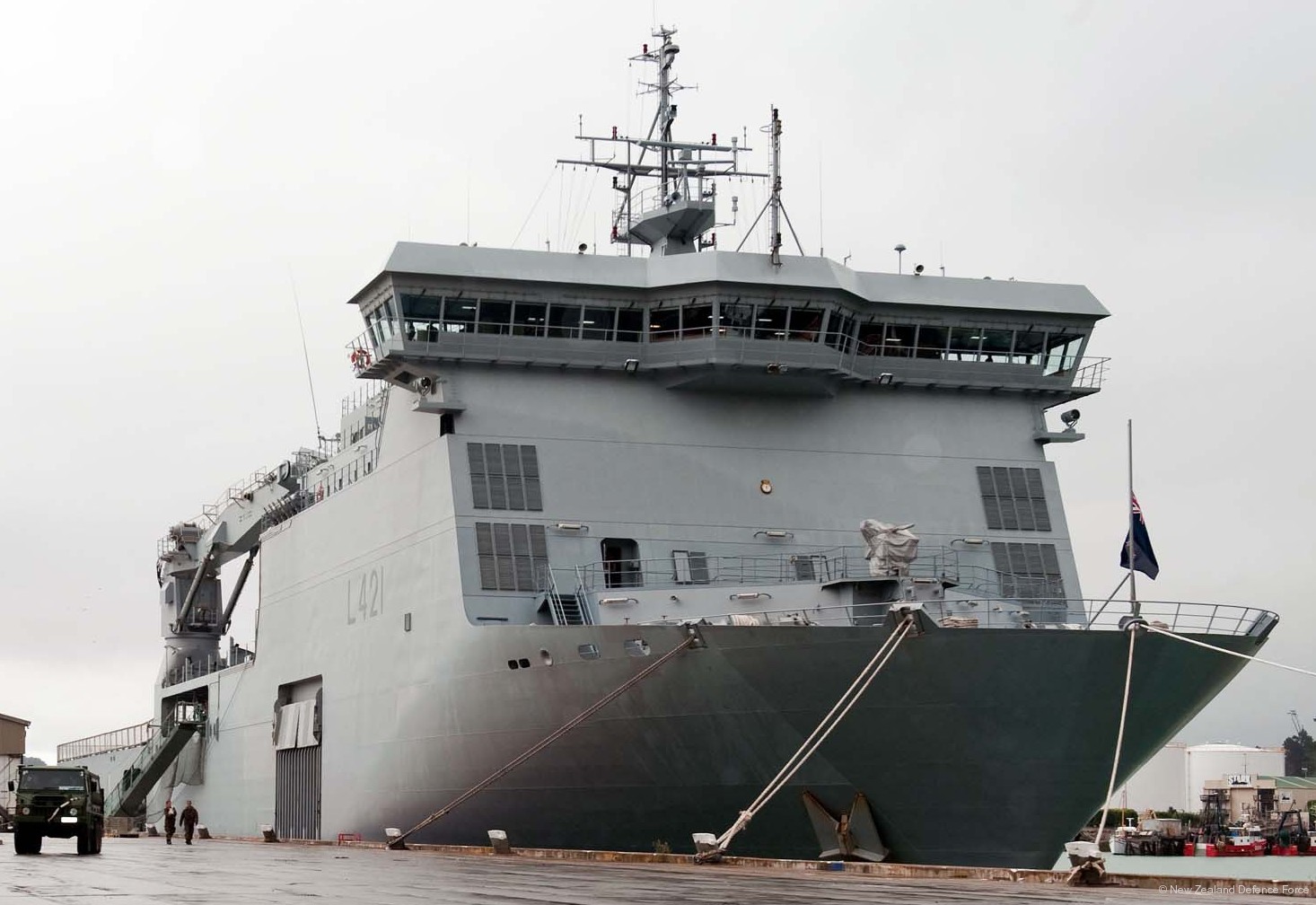 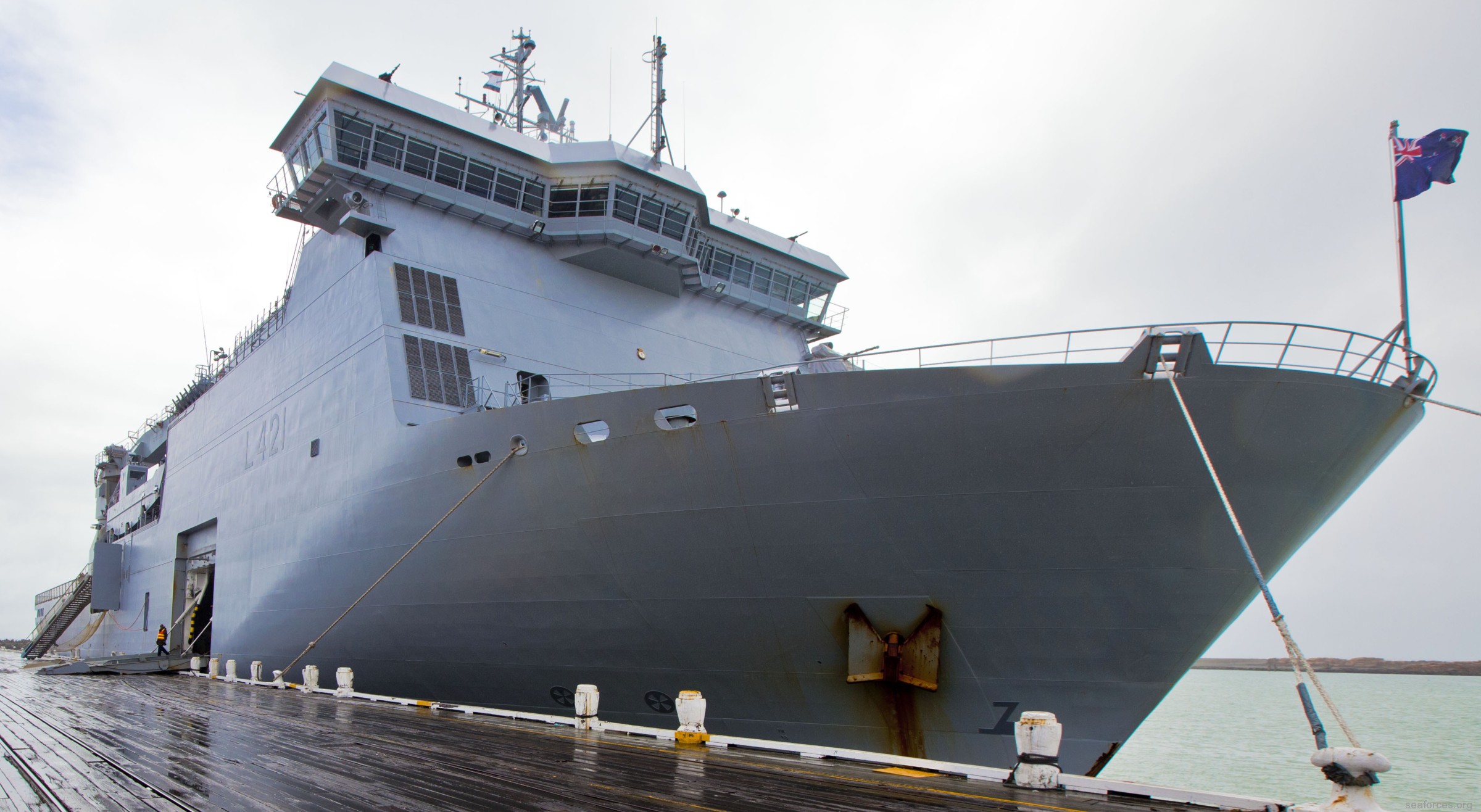 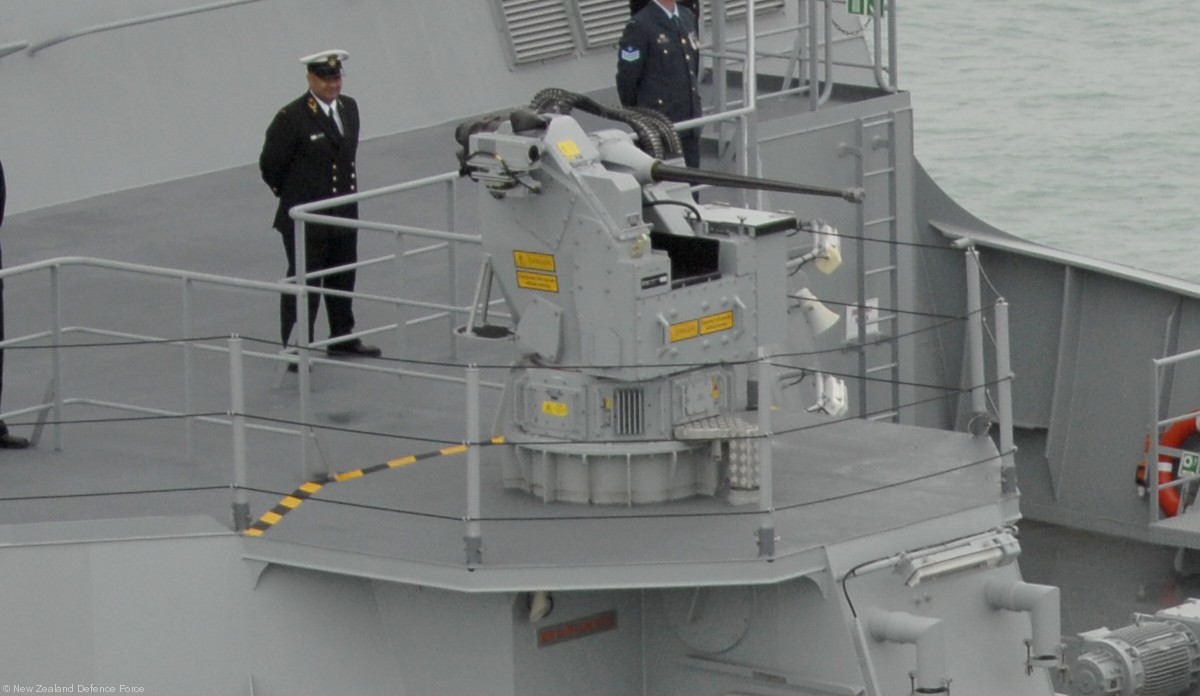 MSI DS25 stabilised machine gun system 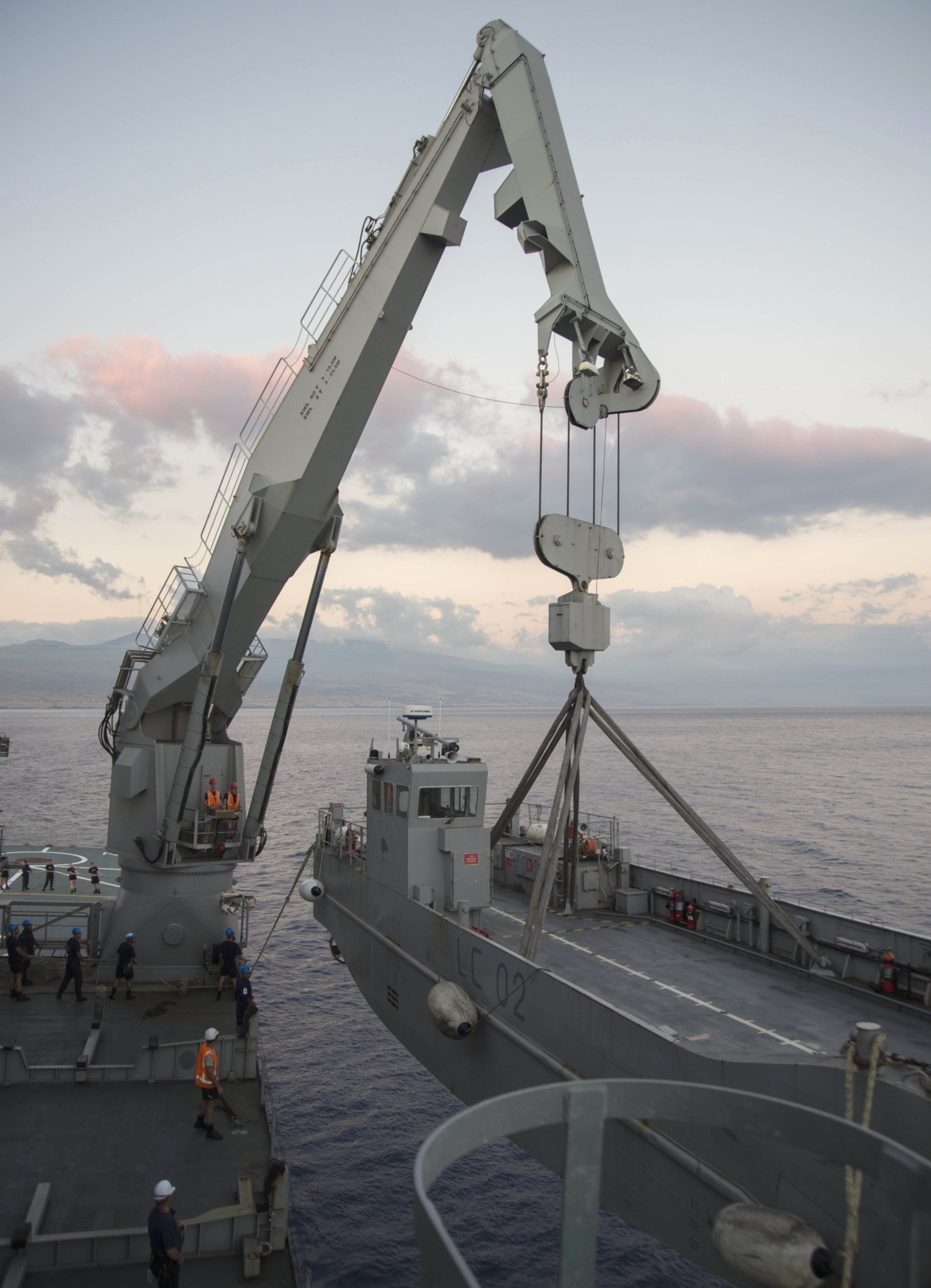 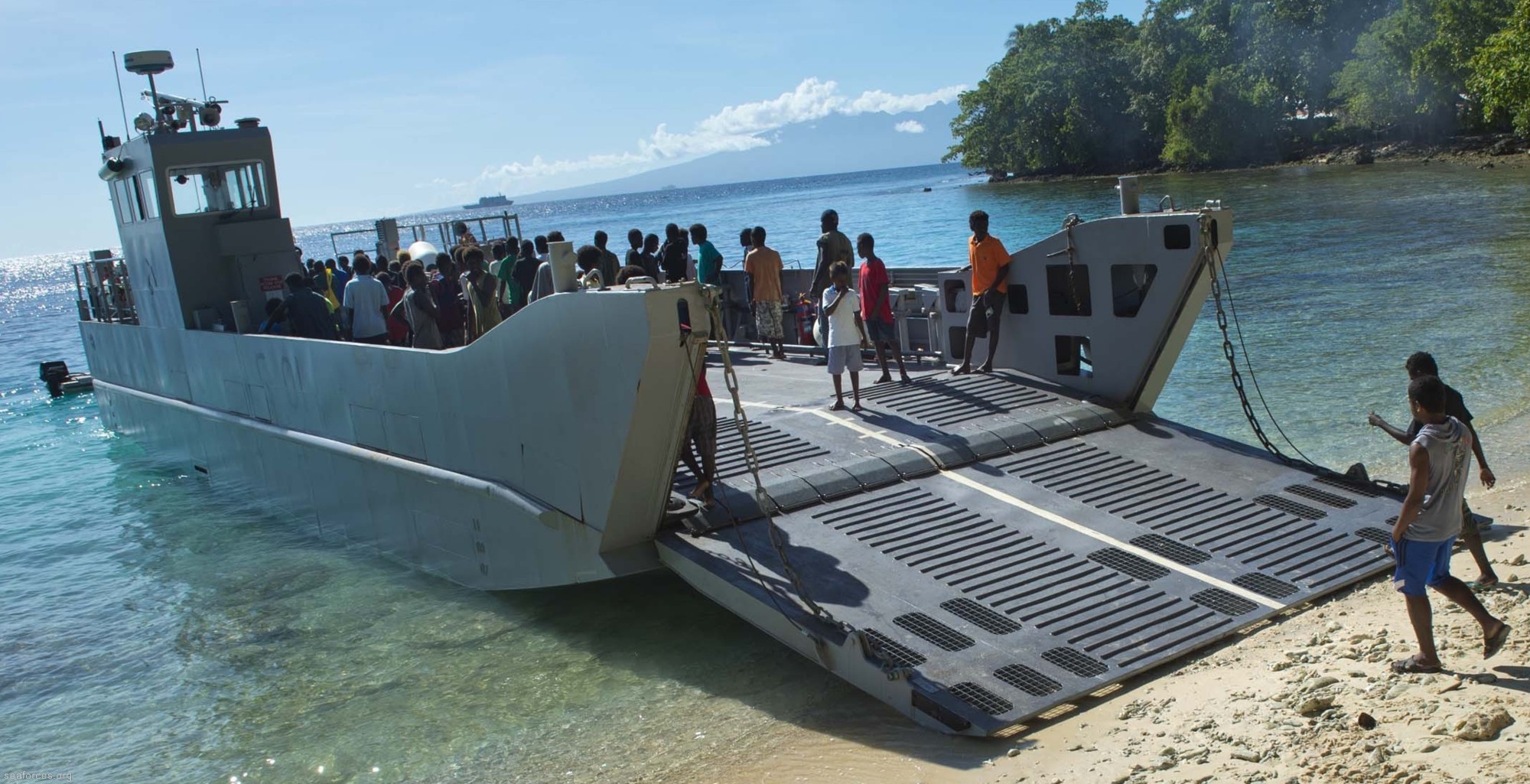   |
||
|
HMNZS Canterbury (L 421): The construction of the MRV was sub contracted-out to Merwede Shipyards in the Netherlands by Tenix Shipyards in Williamstown, Melbourne, with the design based on the commercial RoRo ship Ben my Chree. However, the choice of a commercially based design has been criticised after the ship was delivered, as it placed several limitations on the functionality of the ship in rough seas - rather than the coastal environment for which Ben my Chree was designed. The keel was laid on 6 September 2005 and the MRV was launched successfully on 11 February 2006. The ship completed initial sea trials in the Netherlands and arrived in Australia in late August 2006 for fit-out with military equipment. Final acceptance was delayed due to alterations to the ship's hospital and late delivery of documentation. There were also ongoing concerns, negotiations and redesign activities regarding her performance in heavy seas, doubts about which had already been thrown up during her initial journey to Australia, and in fact, even before actual construction. The MRV was accepted by the New Zealand Government on 31 May 2007 and commissioned on 12 June 2007 in Port Melbourne, Australia by the Prime Minister of New Zealand, Helen Clark. The ship cost NZ$130 million to construct. She was constructed with an ice-strengthened hull to allow her to operate in the subantarctic waters, where New Zealand claims several islands, and where Canterbury is to assist scientific expeditions. The vessel was plagued by problems since delivery, having been involved in a number of incidents and being considered less seaworthy than specified. It was estimated in 2008 that at least another NZ$20 million would have to be spent to achieve the sought-for operational abilities. Operational history: Initial exercises and operations: After commissioning, the ship sailed to its home port of Lyttelton arriving 28 June 2007. After several days of inaugural events, it departed again on 2 July. Following a courtesy visit to Timaru and after a month-long set of trials and exercises in the Auckland area, where she is operationally based at Devonport Naval Base, she is to head to New Zealand's subantarctic waters carrying DOC conservation officers. In September 2007, Canterbury embarked 250 troops and 50 vehicles, including 20 NZLAV armoured vehicles, to test embarkation and disembarkation procedures. AU-NZ disaster relief response force: In early 2011, it was announced that the ship would form the core asset of a joint Australia-New Zealand task force for disaster-relief operations. At that time Canterbury was the only vessel available to the navies of the two countries suitable for such tasks as three other similarly capable Australian ships were unavailable due to significant maintenance problems. Coincidentally, the newly appointed disaster-relief ship was in the port of Lyttelton less than two weeks later during the devastating February 2011 Christchurch earthquake. The crew provided meals for 1,000 people left homeless in that town, and accommodation for a small number of locals. 2012 Kermadec Islands eruption and pumice raft: HMNZS Canterbury was the first ship to take scientific samples from a 7,500-10,000 square mile pumice raft that was discovered in the Kermadec Islands. 2016 Kaikoura earthquake: After the earthquake on 14 November 2016, HMNZS Canterbury was deployed to provide relief for Kaikoura, as extensive damage to major roads severely restricted access. The ship delivered supplies from Port Lyttleton to Kaikoura and evacuated Foreign tourists back to Port Lyttleton. Kaikoura airport has a very short runway, unsuitable for medium to large aircraft. 2022 Hunga Tonga eruption and tsunami: On 20 January, New Zealand announced that it would dispatch HMNZS Canterbury with two NH90 helicopters to assist with relief efforts after the eruption in Tonga, following the earlier deployment of HMNZS Wellington and HMNZS Aotearoa on 18 January. Facilities: Cargo: The ship has cargo space of 1,451 square metres (15,620 sq ft), which can be unloaded via two ramps, either from the starboard side or the stern. The indicative cargo would encompass (as one possible loadout): 14 Pinzgauer Light Operational Vehicles, 16 NZLAV light armoured vehicles, 7 Unimog trucks, 2 ambulances, 2 flatbed trucks, 7 vehicle trailers, 2 rough terrain forklifts, 4 ATV-type vehicles and up to 33 20 ft TEU containers. The ship is equipped to embark up to eight containers of ammunition and up to two with hazardous materials, and also has an extensive fire sprinkler system. Landing craft: The ship also carries two Landing Craft, Medium (LCM). The landing craft have a length of 23 metres (75 ft) and a displacement 55 tonnes (empty) to 100 tonnes (loaded with two NZLAVs). They are operated by a crew of three, using two Azimuth thrusters generating 235 kW. The LCMs can be loaded from either of Canterbury's two 60 tonne cranes or via the stern ramp. To aid stern ramp loading, the MRV is fitted with Flippers to ensure that the LCM are aligned with the MRV. A ballasting system is fitted to allow for safe operations during loading. Once loaded, the LCM can conduct over-the-beach landings, with the boats mainly intended to be able to access beaches in the Pacific where no port facilities are available, for example during humanitarian missions. Helicopter facilities: Canterbury is able to accommodate up to four NH90 helicopters for deployment ashore in support of New Zealand Army operations and disaster relief activities. She is also capable of operating the SH-2G Seasprite and the helicopter deck is able to handle a Chinook-size helicopter. Medical: Canterbury has a five-bed hospital ward, a two-bed sickbay, an operating theatre, a medical laboratory and a morgue. Others: The ship also contains a gym, workshops, an armoury and magazine, as well as offices for government officials embarked (such as Department of Conservation or NIWA scientists). source: wikipedia |
||
| patches + more | ||
|
|
seaforces.org
|
Royal New Zealand
Navy start page
| |

